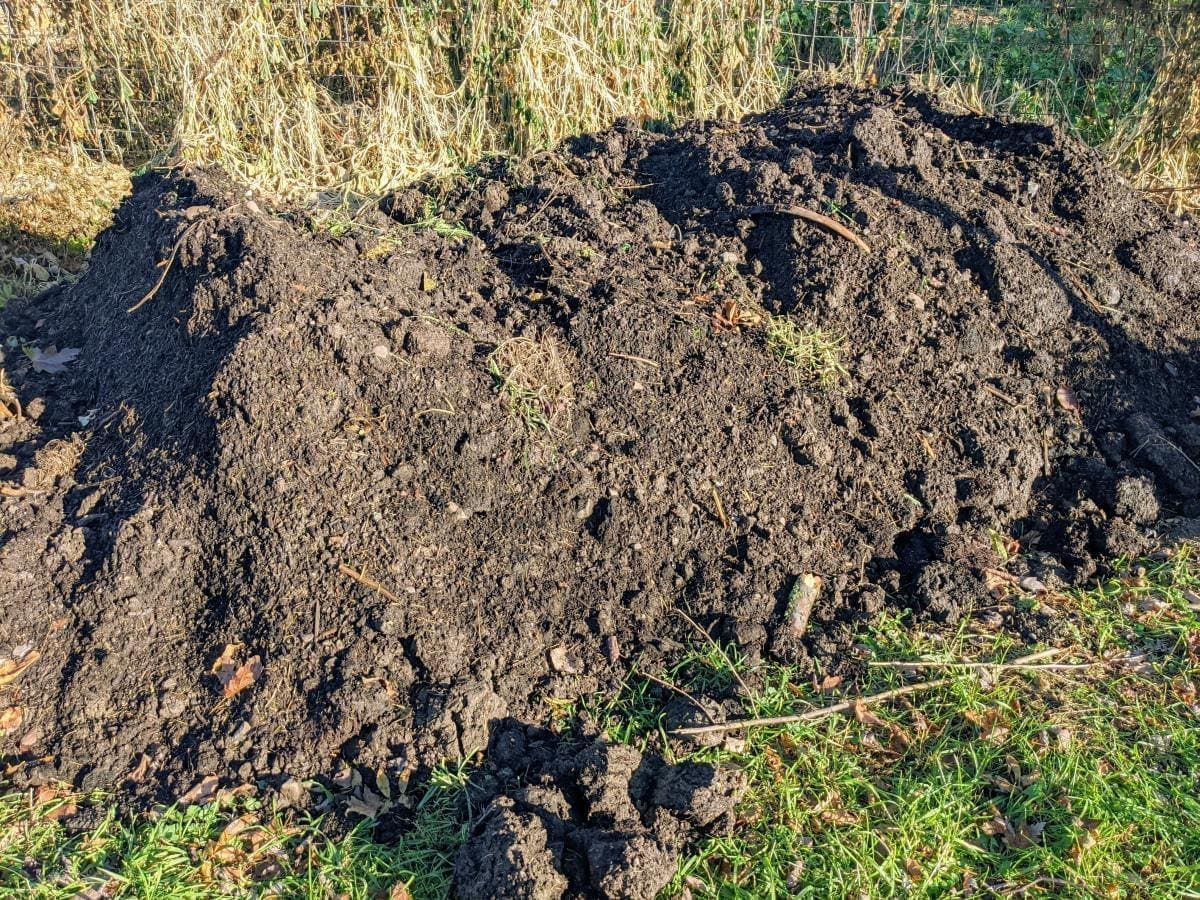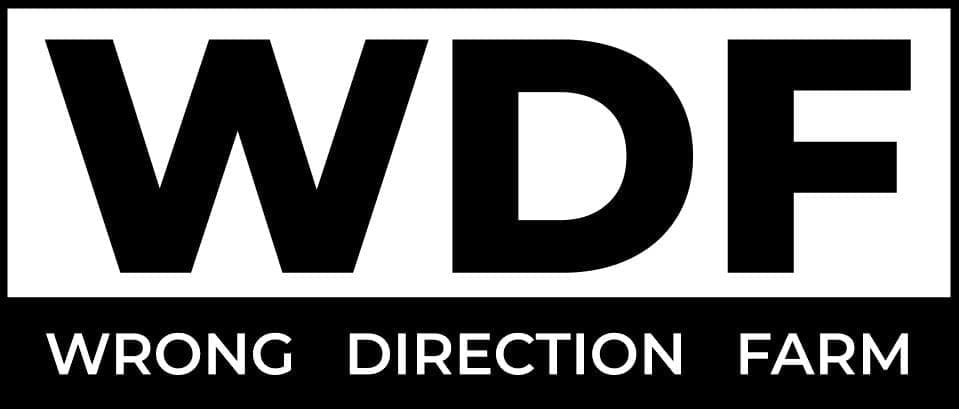This week we walked the pastures with a soil probe and a bucket, collecting core samples. On our farm all the soils are similarly composed of clay and silt, but there are variations between the fields. Soil sampling will allow us to understand how our farm management is affecting different soil profiles.
Transcript
Today I’m out with the pasture soil probe. I borrowed this from some friends. We’ll be doing some soil testing
It’s just a stainless steel cylinder. It’s got a tapered end here. We stomp using this tread here, stomp the whole thing right into the ground, and we can extract a core sample of the soil. Now the top is going to contain some of the plants and the roots so we’ll chop that off and we’ll take the center core of the soil. What I’m going to do is I’m going to get about 15 plugs from various spots in the same general soil area. And then we’ll mix them together and send that to the lab for testing.
So the purpose of soil testing is to find out what’s in the soil: what minerals, what pH, what amount of organic matter. It helps us to understand what’s happening as we manage the farm, how the soils are developing. Soils tell us a lot about what’s happening in them by what’s happening on top of them. Obviously, the plants that are growing, even the palatability of the plants to the animals, are affected by the soil. We can actually improve the grass composition. We can improve the soil composition. We can do work that enhances the water cycle. And as we do each of these things we should see some compounding effects. So we’re excited to see the results that this soil test gives us from this year.
We know by observation of pasture growth that our least fertile soils are at the rear of the farm. With the test data in hand, we might be able to determine where to bring our chickens next year. As we graze our chickens across the pastures, they deposit plenty of manure behind them. See this post for a time lapse view of the pastures after our chickens move across them. The only problem with getting chickens out to the back of the farm on these fields is related to infrastructure. I need to build more fencing in those fields first, and I need to extend the laneway farther back so we can work on those fields in rainy weather. Right now we need to cut across a soggy spot that is hard to traverse in wet years like this one.
While we were at it, we also collected samples from a few different spots in the garden and tested our compost. At this point we aren’t a vegetable farm, but our family depends on a productive garden for our own table, so we’re interested to learn how the different parts of our garden are doing. Ammending the soil in the garden is a bit easier than managing soil across large pastures. With the garden we can be more intensive with loads of compost in the spots that need it most.

All of this compost will end up in the vegetable garden. The rest of the pile will be spread on the pastures.
I’ll follow up on this when I get the results of all the testing to share what I’ve learned.
